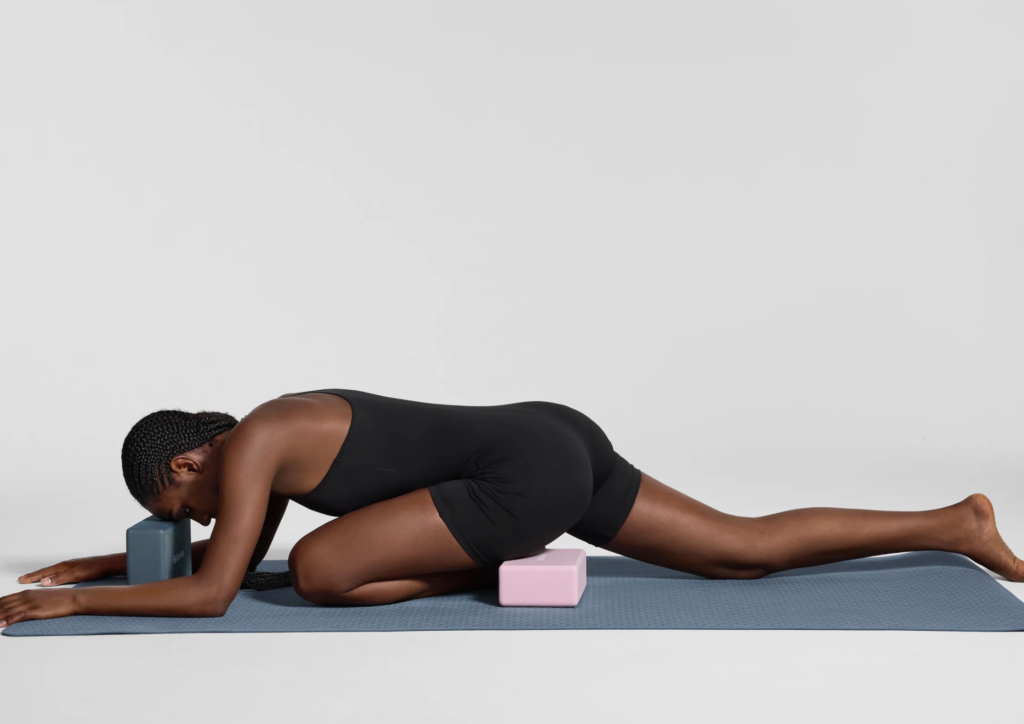Yoga blocks are some of the most versatile props in the yoga world. Whether new to yoga or a seasoned practitioner, incorporating a yoga block into your practice can help you deepen stretches, enhance alignment, and make challenging poses more accessible. But how exactly should you use a yoga block? Here are five effective ways to incorporate this essential prop into your routine.
- Deepen Your Stretch
Yoga blocks can help you safely deepen stretches, especially when flexibility is limited. If you’re working on a forward fold like Uttanasana or a side stretch in Parsvottanasana, placing a block under your hands, feet, or head can help you reach further without straining your muscles.
For example, placing a block under your hips in a seated forward bend will elevate your sitting bones, making it easier to hinge forward at the hips and stretch your spine. This allows for a more comfortable and deeper stretch.
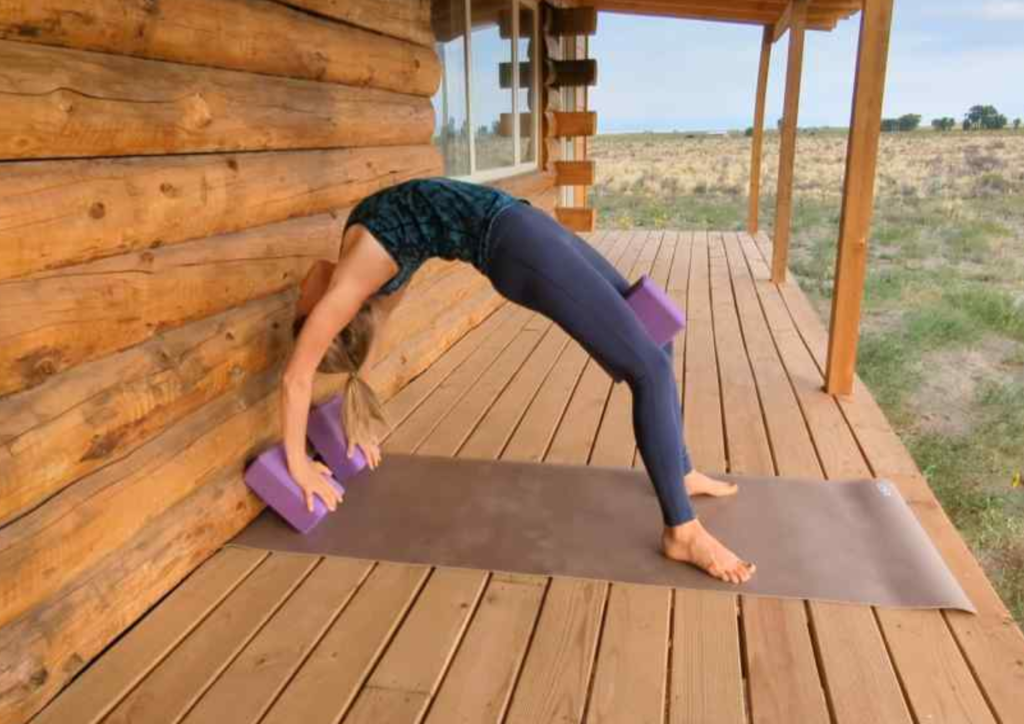
- Improve Alignment in Standing Poses
One of the most common ways to use a yoga block is to stabilize and align in standing poses. If you struggle with balance or find it difficult to maintain your alignment, a block can help.
In Trikonasana (Triangle Pose), for instance, placing a block under your bottom hand can help you align your torso and lengthen your spine, preventing you from reaching too far and losing balance. Similarly, in Warrior II (Virabhadrasana II), a block can be placed between the legs to remind you to maintain the proper distance for optimal stability.
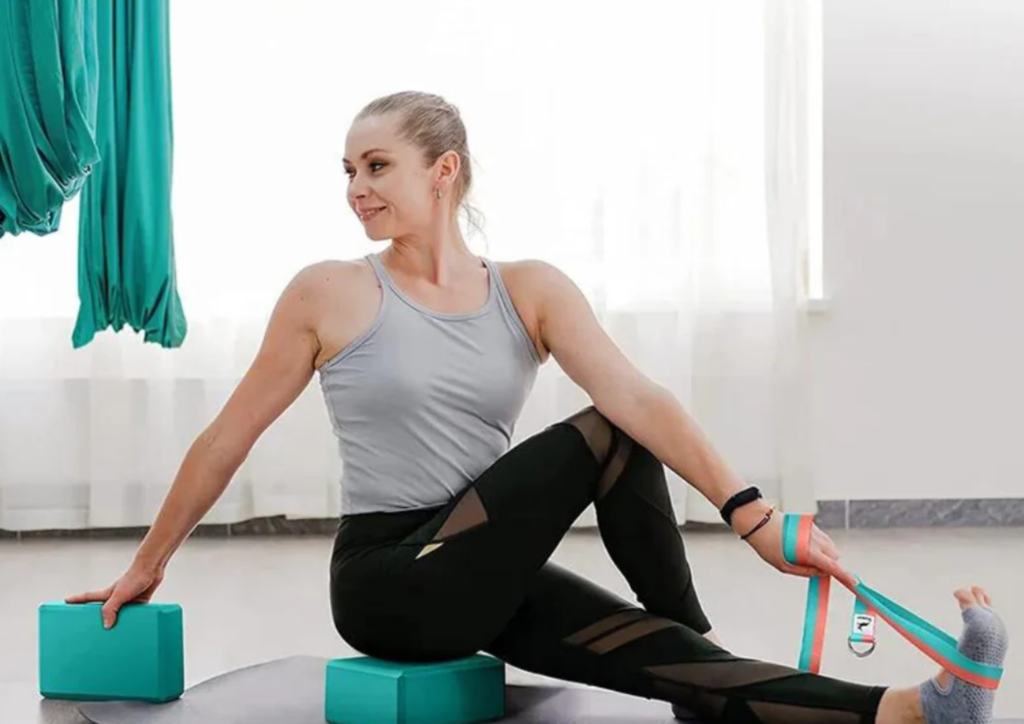
- Support in Seated Postures
Seated poses like Sukhasana (Easy Pose) or Virasana (Hero Pose) can sometimes be uncomfortable for those with tight hips or lower back issues. A yoga block can help by providing additional support for the hips.
Sitting on a block can help elevate the pelvis, allowing for a more neutral spine and making seated positions more comfortable. It also helps lengthen the spine and open the chest, enhancing breathing and posture during meditation or pranayama (breathing exercises).
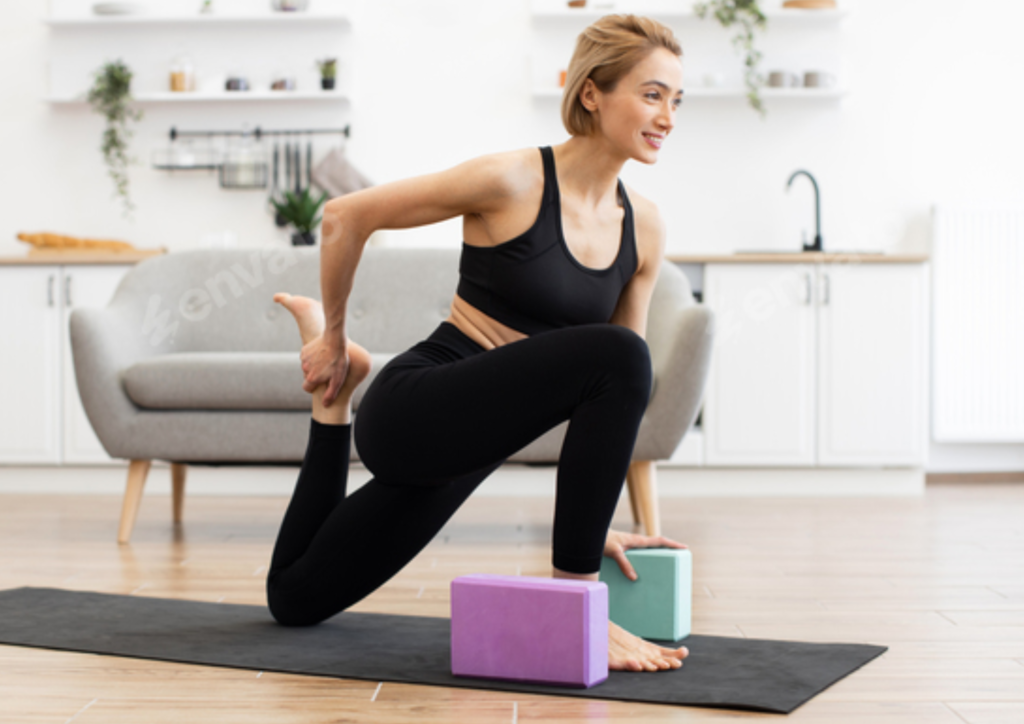
- Modify Challenging Poses
Yoga blocks are also excellent for modifying poses that require more flexibility or strength than you currently have. They can be used to progressively build strength in poses like Plank or Chaturanga, where you might not yet be able to lower yourself to the floor.
In Downward-Facing Dog (Adho Mukha Svanasana), placing a block under your hands or feet can help align your body and create more shoulder space, making it easier to hold the pose for longer periods. Similarly, in Camel Pose (Ustrasana), you can place a block between your legs to help maintain the correct distance and prevent collapsing in your lower back.
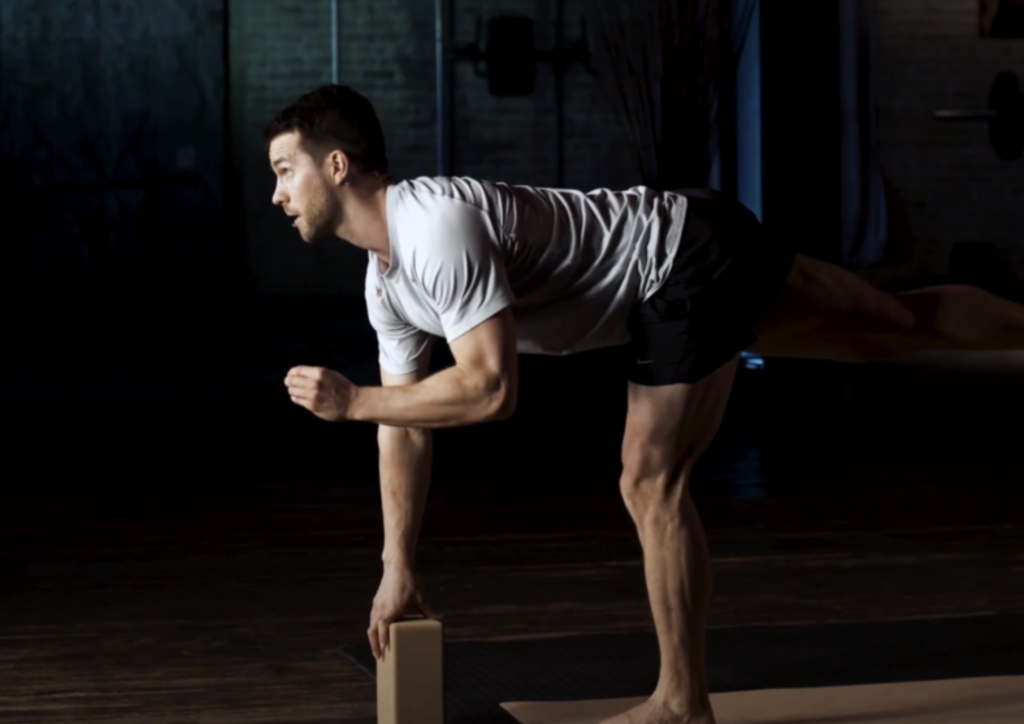
- Enhance Restorative and Relaxation Poses
Yoga blocks are indispensable for restorative yoga, which focuses on deep relaxation and healing. They offer gentle support during long-held poses, allowing the body to fully relax into the stretch without overexertion.
In poses like Supported Child’s Pose (Balasana) or Reclined Butterfly Pose (Supta Baddha Konasana), placing a block under the head, back, or knees can help release tension and allow your body to surrender into the posture. A block can also be placed under the back during Supported Fish Pose to gently open the chest and allow deeper breathing.
Unlock Your Full Potential with a Yoga Block
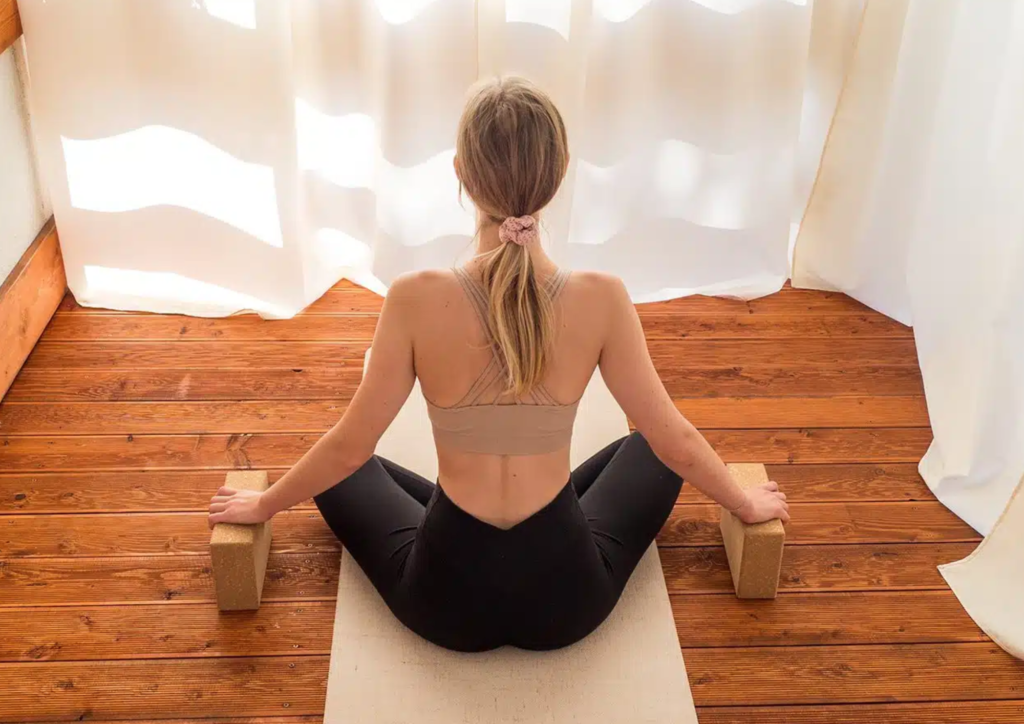
Yoga blocks are not just for beginners—they are valuable tools for all levels of practitioners. Whether you want to deepen stretches, improve alignment, or modify challenging poses, a yoga block can elevate your practice. With just one simple prop, you can add variety, stability, and support, making your yoga routine more accessible and enjoyable. So grab a block, get creative, and see how it can enhance your yoga experience today!

